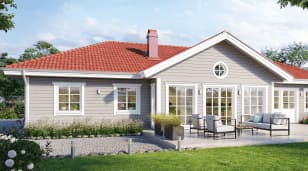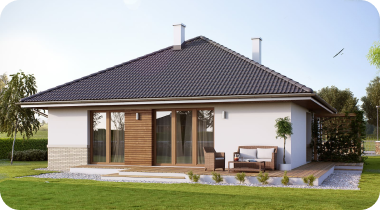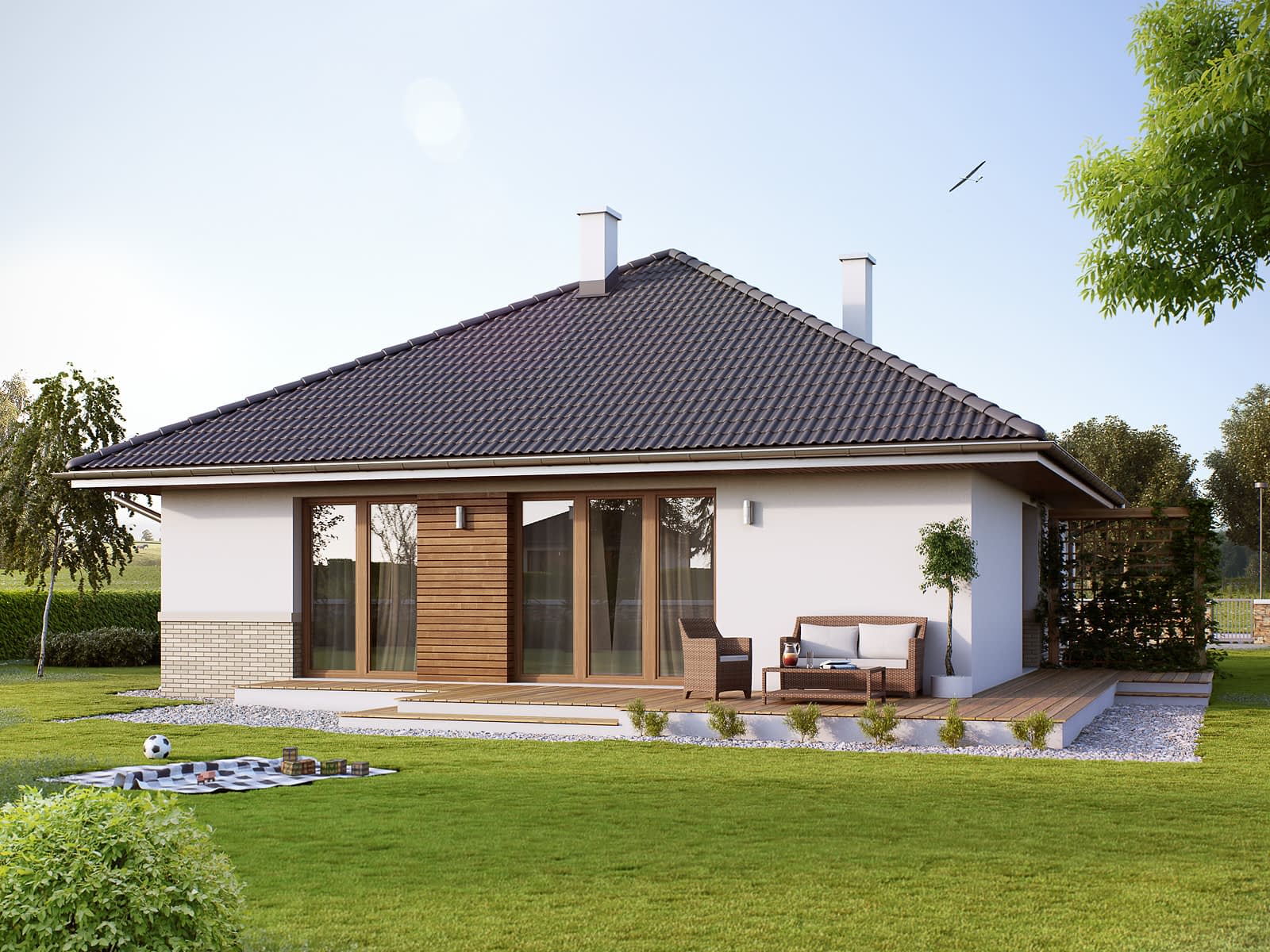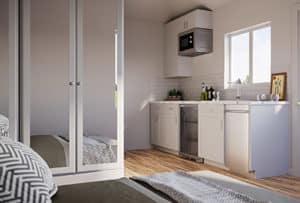





A link to download your FREE brochure will be in your inbox in 3 minutes



















The final price may vary based on project specifics.
To get a free accurate quote tailored to your needs, book a consultation with us today!

The price per square foot provided is an average and may vary depending on project-specific details such as materials, location, complexity, and other factors. Actual costs may differ from the average provided.
It is recommended to obtain a detailed quote based on the specific requirements of your project.

Please note that the monthly payment displayed on this page is an estimate and is subject to variation based on the selected loan product, applicants credit score, loan amount, and other financial details. Actual monthly payment may differ from the estimate provided.
It is recommended to seek advice from a financial advisor or loan officer to obtain precise payment information tailored to individual circumstances.
 Your Trusted
Local Contractor
Your Trusted
Local Contractor
An accessory dwelling unit (ADU) is a freestanding, self-sufficient structure on the same land as the central or primary dwelling unit. The number of bedrooms permissible for such a unit depends on the ADU size, layout, and local ordinance.
Let’s discover what accessory dwelling units exist for and what influences the number of bedrooms they might have!
In recent years, ADUs have become an effective way to help with the housing shortage and the high cost of housing in the existing neighborhoods. These units serve several purposes, including:
When children become young adults, or the family grows, you may need more than the existing primary residence to satisfy your daily needs. An ADU project can solve the issue of finding affordable housing options without years of construction and spending a fortune.
Each ADU occupant pays the rent to compensate for the costs spent constructing an accessory dwelling unit. After ADU construction in Sacramento, you may earn from $1000 to $2000 per month, depending on ADU size and location desirability.
An accessory structure is a resourceful strategy for people who like to invite guests for the weekend. Typically, accessory structures have their sanitation facilities and are private enough to provide guests and main house residents a comfortable environment.
Granny flats, or in-law suites, are the salvation for older family members. They combine privacy and independence, letting older adults stay close to their families instead of receiving costly care in an assisted living facility.
The proposed space will not only have immediate effects on your life but also play a role in the future. If you sell the plot with all the real estate objects on it, keep in mind that accessory dwelling units will increase the overall cost of your property.
Depending on your intended use and budget, you can choose from the accessory dwelling unit types. Many homeowners prefer the following ADU layouts:
An attached ADU is a structure adjacent to the primary residence. It may share sanitation facilities or other facilities with the main house, making it less independent but easier to build and cheaper to use.
Detached ADUs allow for more square footage and privacy. It has separate sanitation facilities, an entrance, and additional dedicated amenities. They’re self-contained units in the backyard used as miniature houses.
Garage conversions involve repurposing either an attached or detached garage into usable living spaces. You can transform and extend it or keep it the same size as the original one.
This option is for you if you want both to use your garage and have a new ADU. Not only does it save space in your backyard, but it’s also more cost-effective compared to detached ADUs.
An internal ADU is an accessory dwelling unit created within the existing framework of your house (basement ADUs or attic ADUs). Unlike attached ADUs, it doesn’t expand beyond the original home size. It can also be a junior accessory dwelling unit.
These ADU designs determine how many bedrooms you can build since they require different sizes.

The number of bedrooms allowed depends heavily on local ordinances and regional rules. Sacramento, California’s local ordinances regulate general ADU size limits, their location on the plot, and the number of ADUs available for construction.
According to California state law, there are several options for the maximum size of ADU:
At the same time, no matter how many bedrooms an ADU has, there are constraints as to the minimum size of every necessary area. For instance, bedrooms cannot be less than 70 sq. ft., kitchens less than 50 sq. ft., and bathrooms less than 30 sq. ft.
This way, if you have a standard ADU of 800 sq.ft., you can comfortably have a 100-square-foot kitchen, a 70-square-foot bathroom, and two 200-square-foot bedrooms, with the remaining space dedicated to the living area and passages.
The ADU design is another factor that may influence the number of bedrooms you can build. The maximum ADU size can also depend on the type of ADU you choose.
The ADU ordinance for Sacramento, California, provides the following maximum size limits:
The most significant square footage of a detached ADU can reach 1200 sq. ft., with a one-bedroom ADU not exceeding 800 sq. ft.
Attached ADUs cannot occupy more space than 50% of the square footage of the primary dwelling.
Besides, Californian local ordinances establish layout restrictions like yard setbacks (side and rear setbacks) and limitations to ADU height. To acquire the building permit, your ADU plans should satisfy specific criteria. ADUs have a height limit of 16 ft. high (exceptions: 18 sq. ft. and 25 sq. ft. in some instances). Also, local regulations establish a 4-foot yard setback (both side and rear) from the property line.
Thus, if you have an attached ADU (a garage conversion or an internal ADU), you will typically have one bedroom or two small bedrooms. Yet, detached ADUs sometimes allow for more than two bedrooms.
Yet another reason you may have a different bedroom number is the number of ADUs allowed on your property. State ADU law sets rules for single-family and multi-family units.
Suppose you have a plot with a single-family residence. In that case, you can build up to two ADUs: a detached or attached one and a junior ADU. That’s given you need an existing accessory structure and meet the criterion of owner occupancy. This way, the maximum number of bedrooms will be the total number in all units.
However, there are different rules if you have more than one residential unit on the property. ADU laws in California state that you can add up to two detached ADUs to your property. You can add one attached ADU per 4 existing residential units in some regions.
Owners of ADUs under 750 sq. ft. not only don’t pay impact fees, but their units are also not subject to development limits. You don’t need to consider the property’s floor area ratio and other demanding requirements.
ADUs have all permanent provisions for eating, sleeping, and taking showers or baths. So, the minimum set of rooms includes a bedroom, a kitchen, a bathroom, and a minimum living area. However, given that you meet all the rules established by local governments, you can have as many rooms as your ADU space allows.
A single-story ADU is usually 10–15 ft. in height. Thus, typically, you can only build a one-story unit. However, there are exceptions to these rules. Detached ADUs can be up to 18 ft. if they are near public transit or on a lot with a tall multi-family building. Attached ADUs can reach up to 25 ft. or match the primary home’s height if lower.
While the typical ADU size is around 750–800 sq.ft., a detached ADU can reach as much as 1,200 sq. ft. This is achievable if you have a detached ADU with two bedrooms or more. No further increase is possible.
Get a First Look at Real ADU Projects